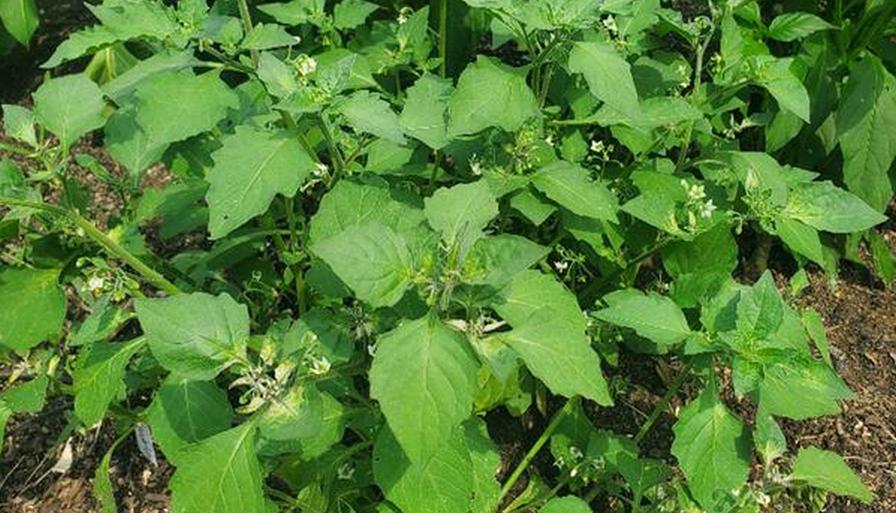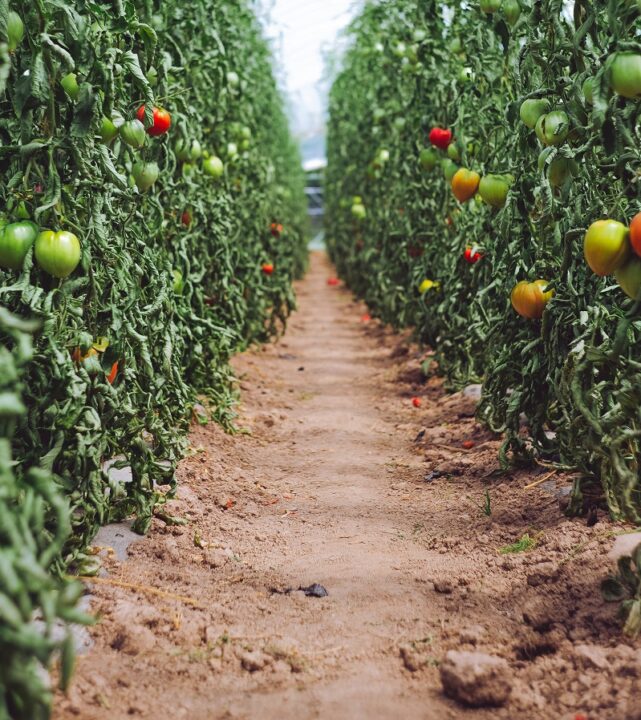Wonderberries? What To Know if You Want To Grow Them

Pictured is a ‘wonderberry’ plant in bloom.
Photo by Christina Lueking, University of Illinois Extension
The quest for a new berry crop has led one University of Illinois horticulture educator, Christina Lueking, to grow a summertime berry that might fill a gap after the strawberry harvest fizzled, and before the raspberries matured. A packet of seeds for a plant called ‘wonderberry’ or ‘sunberry’ (Solanum burbankii) caught her attention.
According to Encyclopedia Britannica, renowned American plant breeder Luther Burbank created this fruit in the early 1900s. The wonderberry plant belongs to the nightshade family (Solanaceae).The nightshade genus also contains several economically important food crops like tomatoes, potatoes, and eggplant.
To start the quest, the wonderberry seeds were purchased and started in a small greenhouse until the threat of frost passed. The seedlings were planted in two locations. One set of seedlings was planted outside in the garden, while a second set was planted in a raised bed in the high tunnel greenhouse. This is where disaster struck. To a surprise, the wonderberry stems had munched-on, shredded leaves and covered with a healthy crop of tomato hornworms, including five spotted hawk moths (Manduca quinquemaculata). Lueking recounts knowing the exact number of pests as she hand-pulled them from that plant and away from the wonderberries. Keep pest monitoring in mind.
The wonderberries are now branched out with several hundred white flowers and clusters of berries.
Harvesting Wonderberries
Initially green, the berries will grow larger and then turn from green to a shiny blackish-blue when ripe. A strong word of caution: Do not pick green berries. They can be poisonous since every individual reacts differently when exposed to items. The green berries will also have a bitter taste that is unpleasant to individuals. Wonderberries picked ripe are soft, juicy, and highly seeded with an outer skin like a grape. The best way to harvest is to allow them to ripen on the plant to the blackish-blue color, gently roll the berries between fingers from the cluster, and fall into the palm or bowl. The ripe wonderberry has a soft, mild, slightly sweet, bland flavor.
Wonderberries are annual in growing Zone 6 and will not tolerate a frost event. Lueking’s journey is still underway, and no decision has been made on whether this would be a good choice for a community garden setting.
For more, continue reading at extension.illinois.edu.









